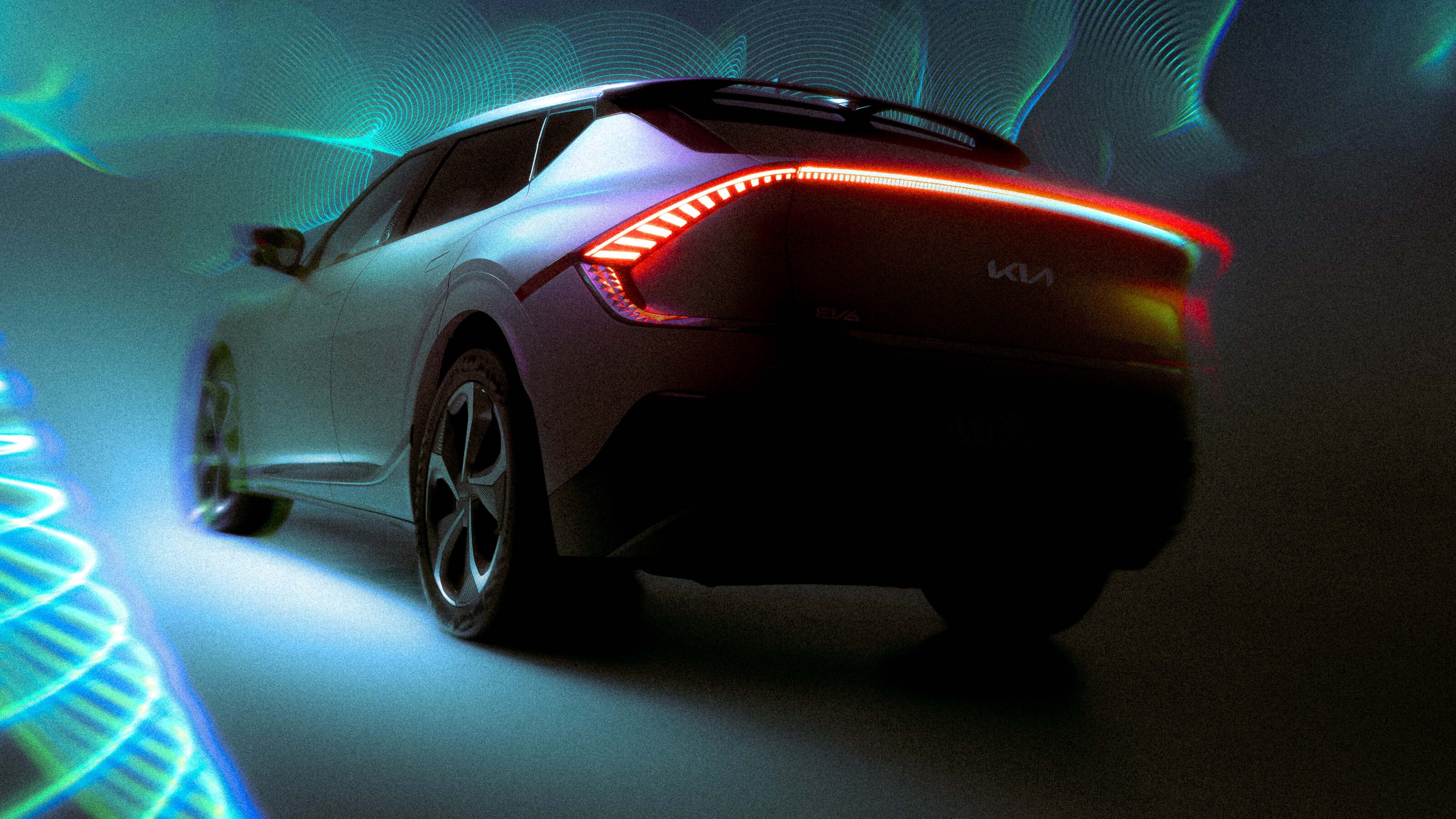2022 was some year for Kia.
The EV6’s victory at Wheels COTY 2022 landmarked two significant firsts for the award’s 59-year history: a maiden win for Kia, and for any vehicle from Korea.
The fanfare around this headline achievement, announced in April, was followed by significant sales milestones.
The Seoul company, with just a quarter century of passenger car presence locally, was the second-largest-selling nameplate in Australia for May, out-selling the Mazda and Hyundai juggernauts to sit only behind market-dominant Toyota.
The ‘challenger brand’ then went on to overtake senior affiliate company Hyundai in the local annual sales for the first time, in the process becoming Australia’s third most popular car brand.
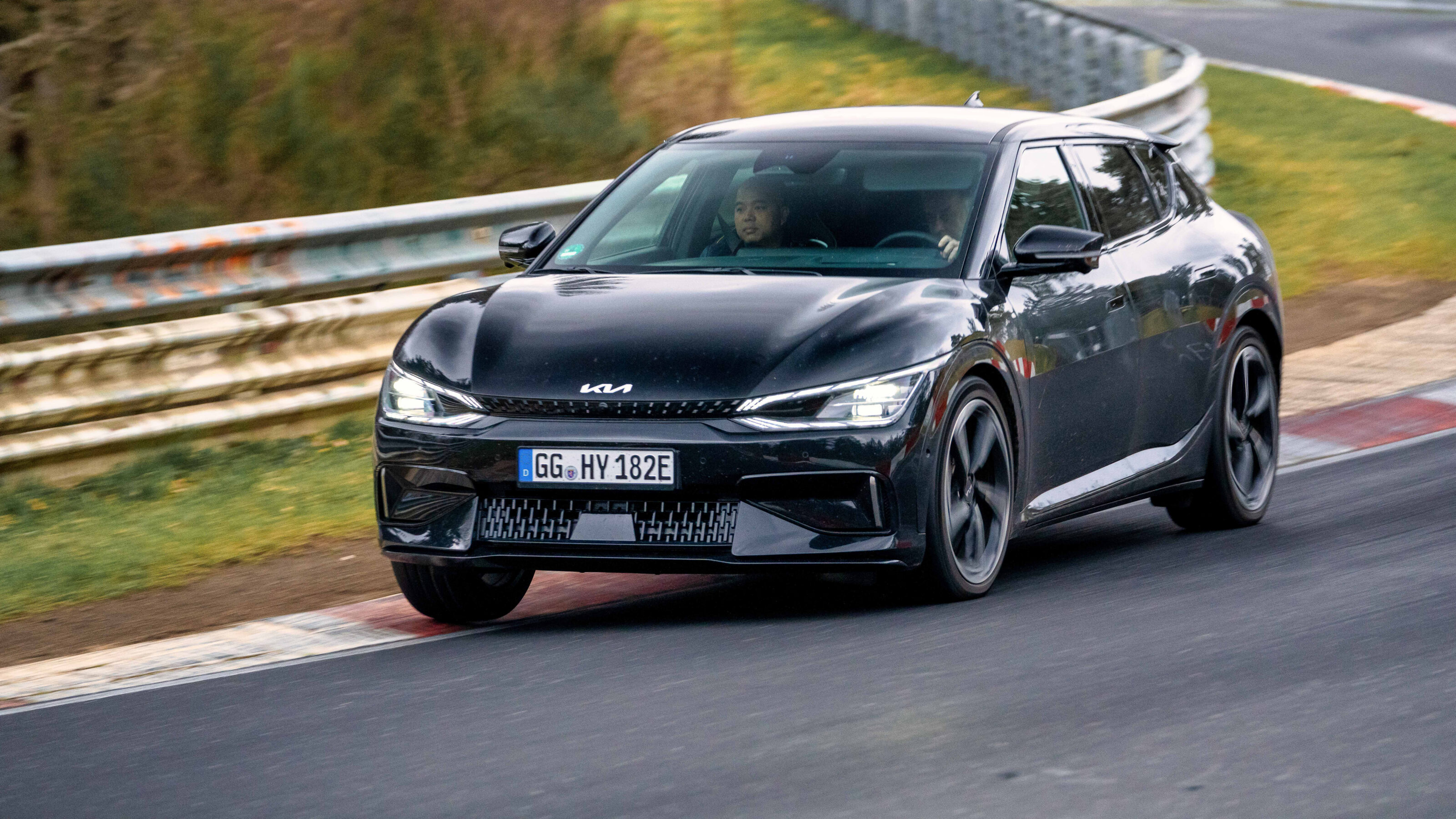
Kia loosely translates from Sino-Korean to ‘rising from Asia’. And after 79 years of sometimes rocky corporate providence from beginnings as a bicycle component manufacturer, today’s carmaker has well and truly arrived.
Of course, detractors may focus on the industry’s fluctuating supply issues in unprecedented times for Kia’s May result, but that doesn’t diminish the hard slog the brand has invested internationally and locally, yielding solid and steady local sales growth in recently turbulent waters with what, in the longer burn, have been vehicles of ever-improving quality and appeal.
There’s more to the deepening hue of Kia’s purple patch than glowing accolades for its electric EV6 figurehead, a mere drop in its sales volume bucket. From the diminutive electrified Niro to the thumping older-school Stinger, two opposites in Kia’s portfolio, buyer demand has been on the up.
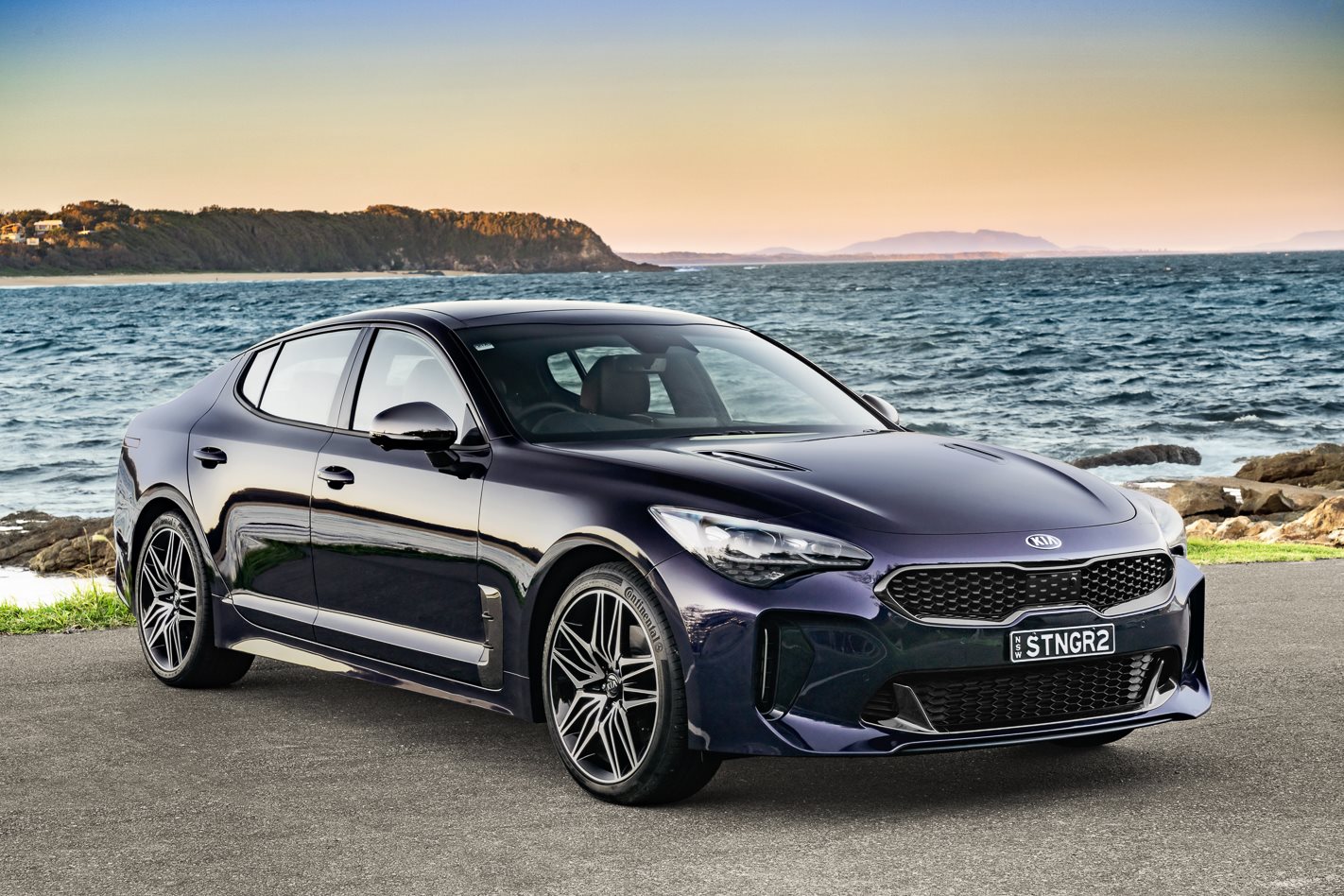
Kia is becoming cool
The brand’s growth and increasing solidity has earned it the brass tacks to venture into bold, forward-thinking design in volume-sellers such as the new Sportage that’s migrating across the wider range.
It’s a key change in the perception of brand long competitive in value and a steadily building renown for quality, but made its formative marks as the ‘cheap Korean’, a stigma it perpetually works at dispelling.
From bicycles (1940s) to motorcycles (1950s) to trucks (1960s) and eventually passenger cars (1970s), Kia is adept at hard slog. The 1980s was an era of Fiat and Peugeot knockdown kits and badge-engineered Fords and Mazda, and at one point Kia was forced to cease passenger car manufacturing and assembly in service of a Korean military dictatorship.
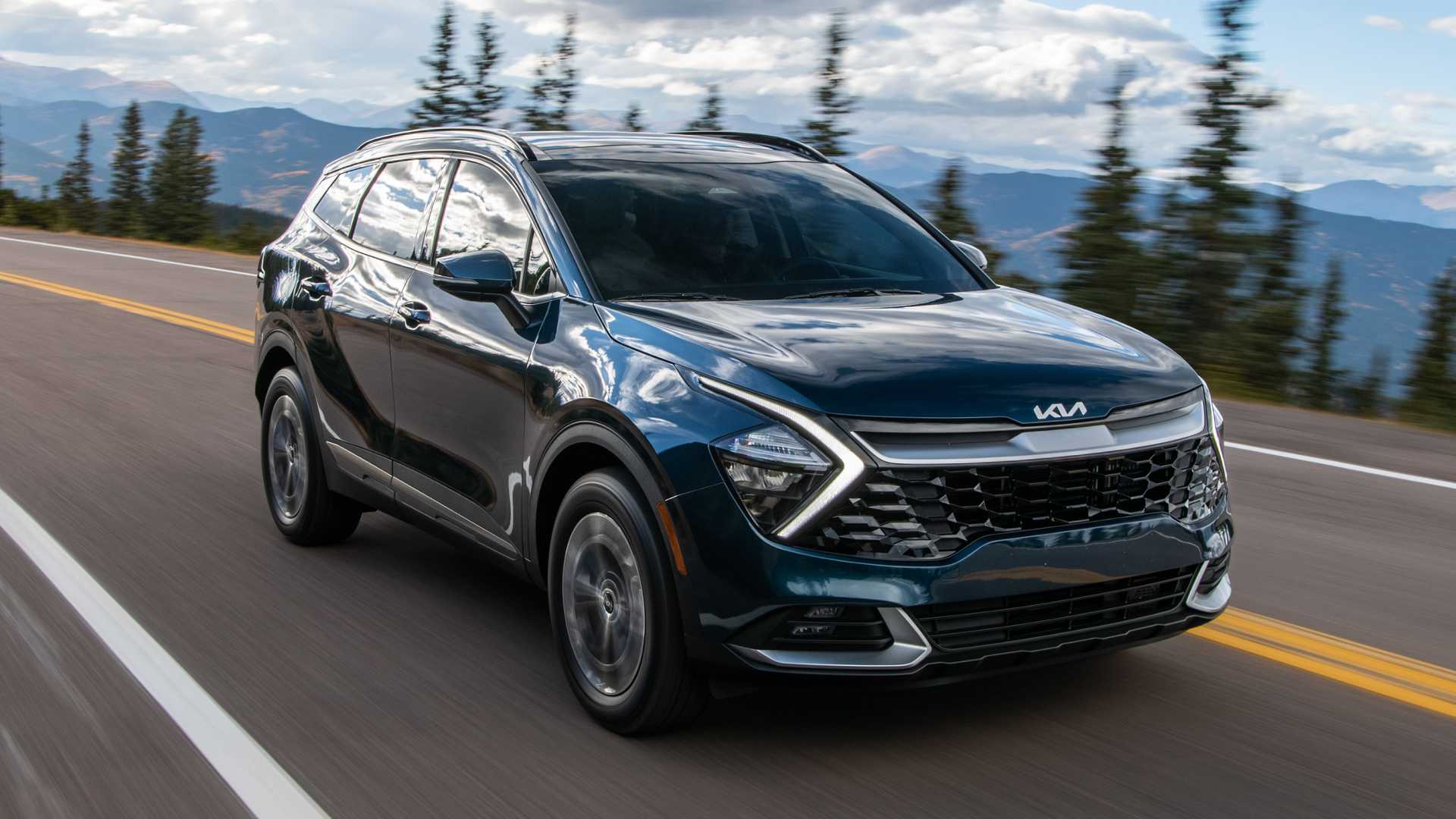
In 1997, then in partnership with Ford, Kia declared bankruptcy prior to Hyundai throwing it a sizeable life-preserver that set Kia on a course to the major global player it is today, where Hyundai Motor Company owns around a third of the Kia Motor Corporation (and which, in turn, Kia holds ownership of various Hyundai subsidiaries).
Cheap, price-led motoring was, for Kia, an essential survival tactic. And, understandably, Kia’s entry to a new millennia was punctuated by a lot of patchy and cheerless output.
However the tide of continued alliance of Kia and corporate cousins Hyundai and luxury subsidiary Genesis, is one of motoring’s most formidable, steadily raising all Korean ships. Indeed, the Hyundai Motor Group is, today, the world’s fourth-largest carmaker by volume.

So what are some of the key milestones, highlights and turning points that have given rise to Kia’s popularity, both globally and in Australia?
Carnival (1999)
While the Ceres pick-up put the Kia name on the Aussie map in the early ’90s, it was the first-generation ‘KV-II’ Carnival, lobbing late 1999, that made the biggest mark with passenger car buyers. Literally.
The people mover was front driven, unpretentious and available in one trim level. But at $30k in its cheap manual guise, it was an appealing choice for moving a whole lot of family for not a lot of coin, dramatically undercutting its rivals.
The Carnival has evolved through four generations, evolving its hallmarks of superb packaging smarts, big comfort and pleasing driving character to become what today is both a top-seller and critical benchmark.
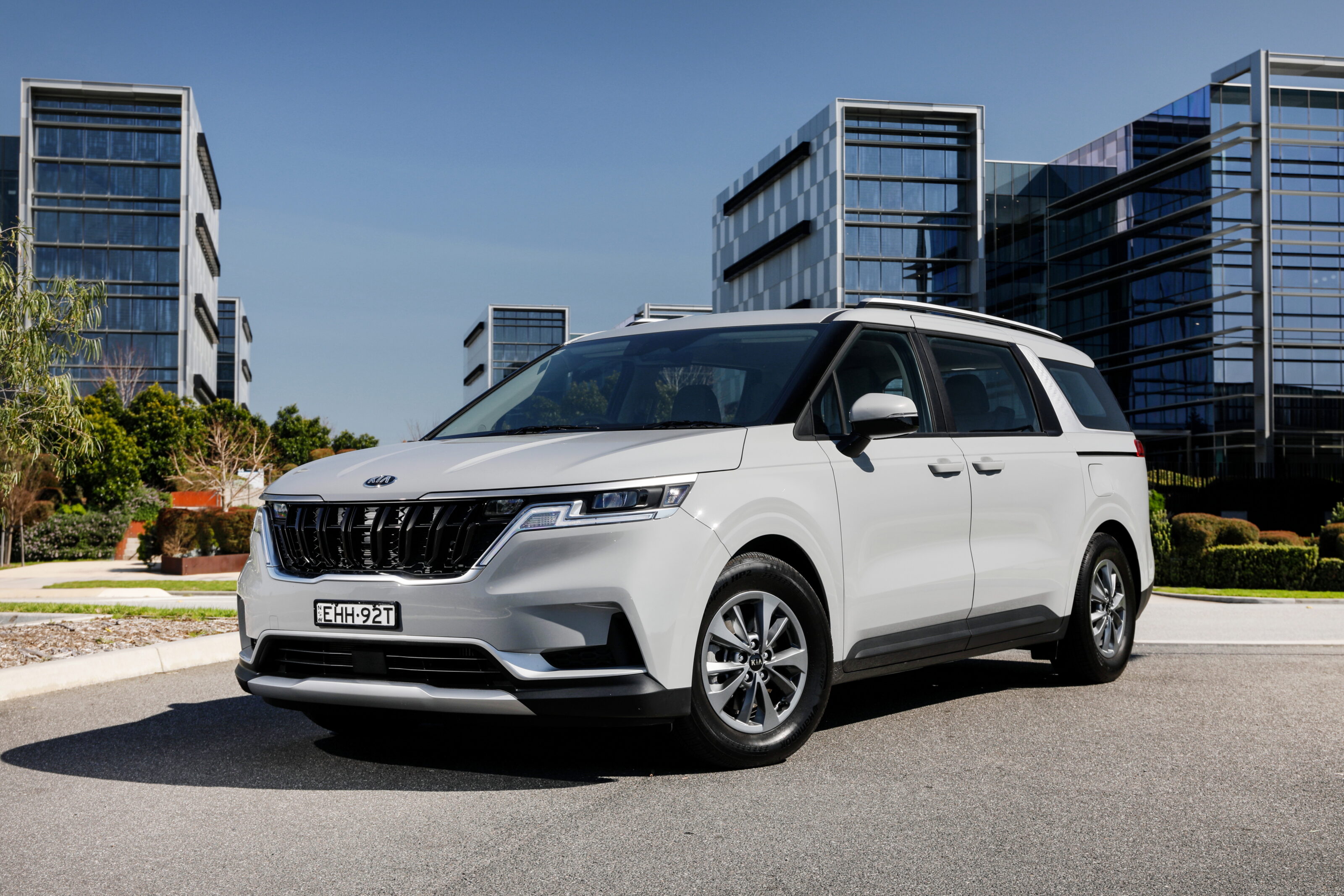
Peter Schreyer (2006)
The poaching of designer Peter Schreyer from the Volkswagen Group in 2006 as its new design chief was a key transition point in Kia’s ascension from a carmaker of dour budget-focused runabouts to the global player it is today.
The Bavarian-born designer responsible for Audi TT, The New Beetle and Golf Mark IV brought newfound style to Kia, introducing the signature ‘tiger nose’ face to create family identity for the model line-up. It was the necessary impetus to create the sort of desirability that Kia, with its eye on Europe, wanted to build into the brand.
Today, Schreyer is president of design management for the Hyundai Motor Group.
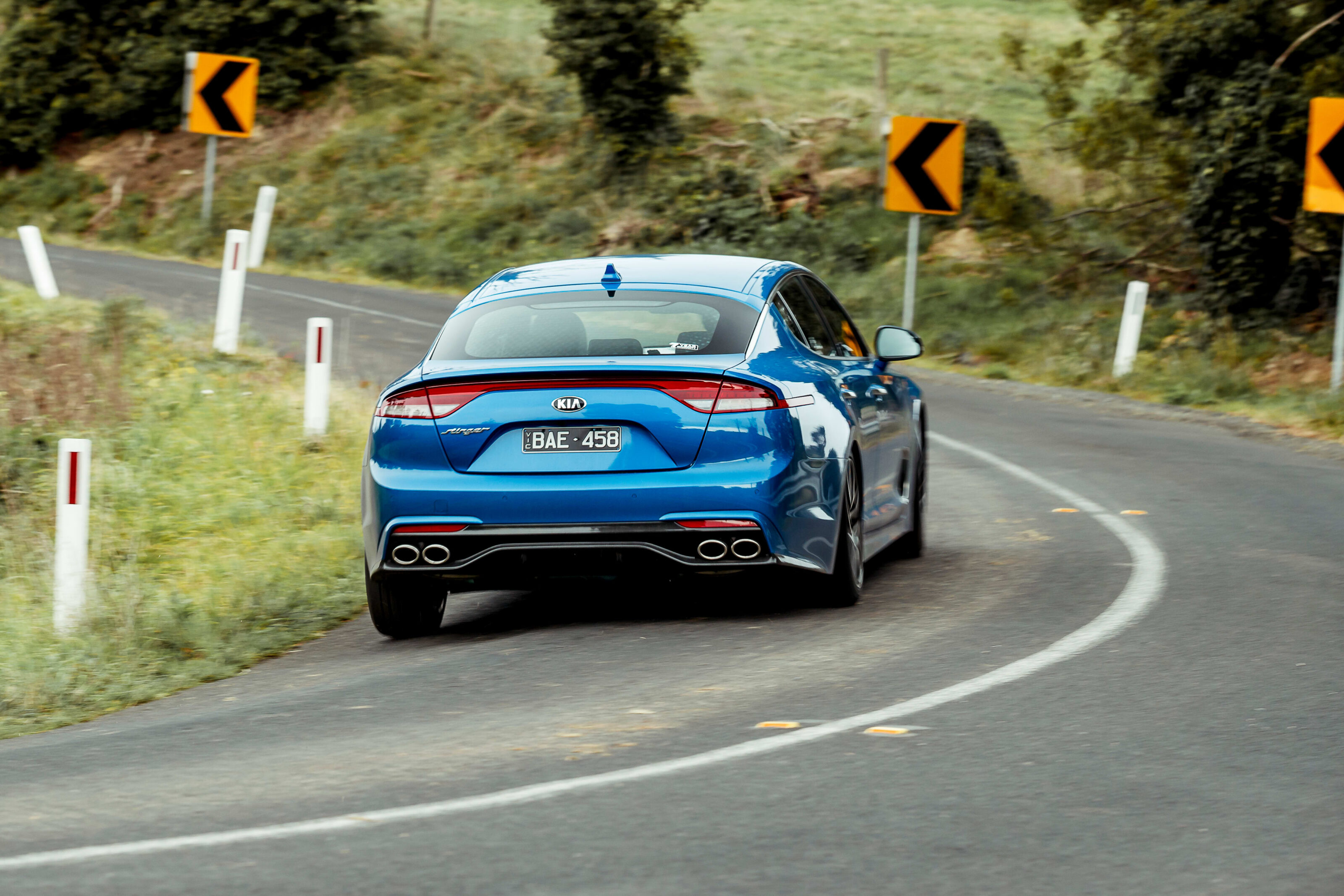
Localised chassis development (2010)
No to be underestimated is the impact that Kia’s localised ride and handling has had on improving its Australian-spec vehicles. Automotive engineering Graeme Gambold and his chassis development team have for many years optimally honed suspension and steering during model pre-production, combining the power of the Hyundai Motor Group’s global resources and its own dedicated R&D on Aussie roads.
Since its inception, Kia’s Australia-specified chassis tuning has yielded both short term-critical praise and invested in long-term improvement of driving dynamics as a key drawcard for many buyers.
Further, the Kia Australia tuning would prove pivotal in the EV6 winning Wheels COTY 2022 over the related, global-spec Hyundai Ioniq 5.
Below: We speak with Kia’s local tuning partner, Graeme Gambold
Rio finds its mojo (2011)
Originally slipping in Oz in the 90s as the Ford Festiva and then surviving two generations in the Noughties as Kia at its archetypically cheapest and most cheerless, the Rio nameplate came of age in its ‘UB’ third-generation.
Finally, here was a city car from the Korean marque with engineering, design and quality fit for competitive global consumption while still bundling in the expected price-busting value of old.
Locally, the hatch and sedan line-up offered five-star ANCAP safety and a compelling five-year warranty were extra lures for a larger and more contemporarily styled range that, for the Rio nameplate, finally became respectable by offering the sort of refinement and on-road comfort to elevate it above its former status of merely cheap frills.
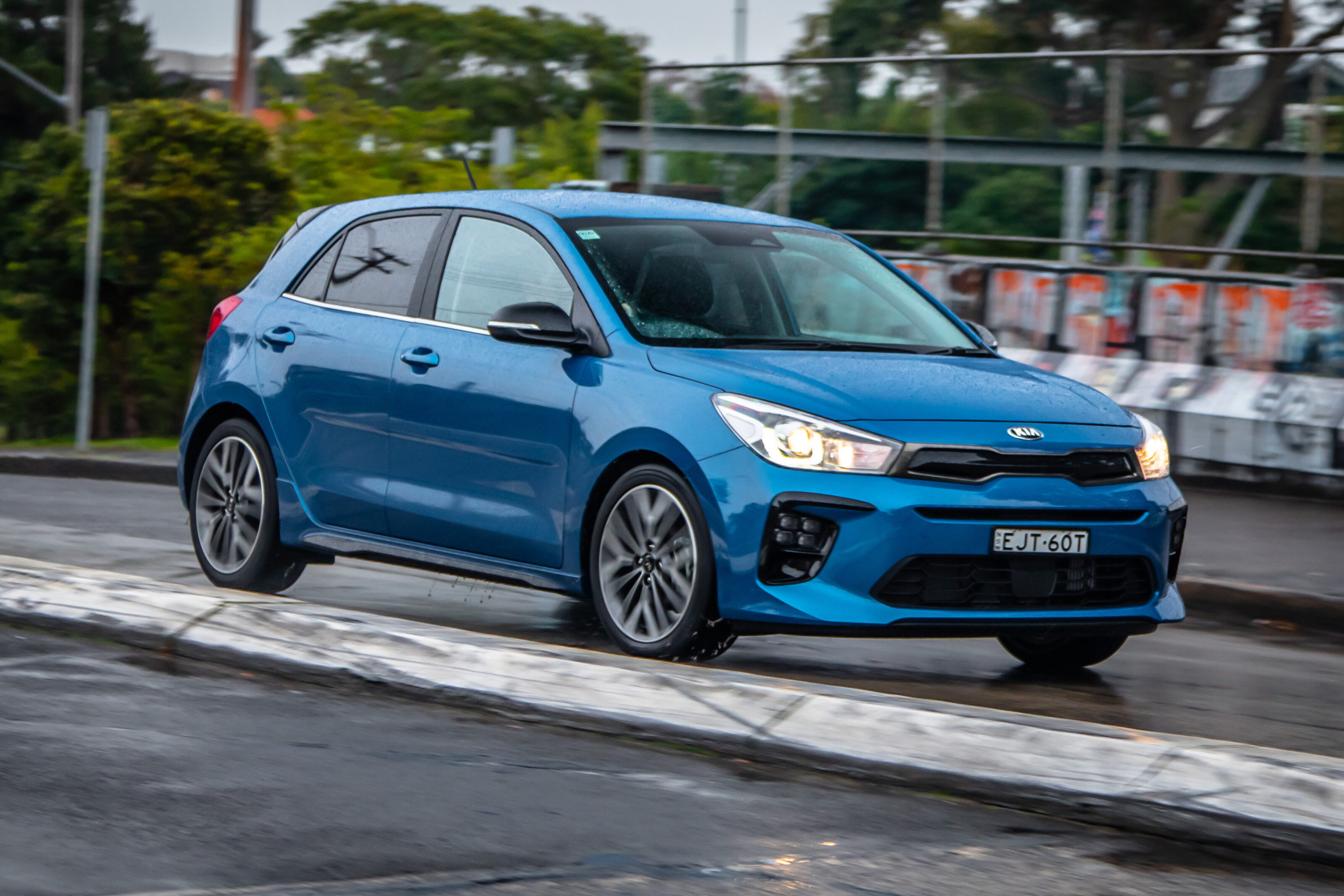
Seven-year warranty (2014)
Kia’s push for industry-leading new-car warranties dates back to the ’90s, as a key mandate of then Hyundai Motor Co Chairman Mong-Koo Chung, who’d also take over Kia when Hyundai assumed control in 1996.
It was Hyundai that first introduced a five-year factory warranty in the Australian market with Citroen subsequently upping the stakes to six years. That same year, in late 2014, Kia introduced its seven-year benchmark and it’s remained a key selling point for its line-up ever since.
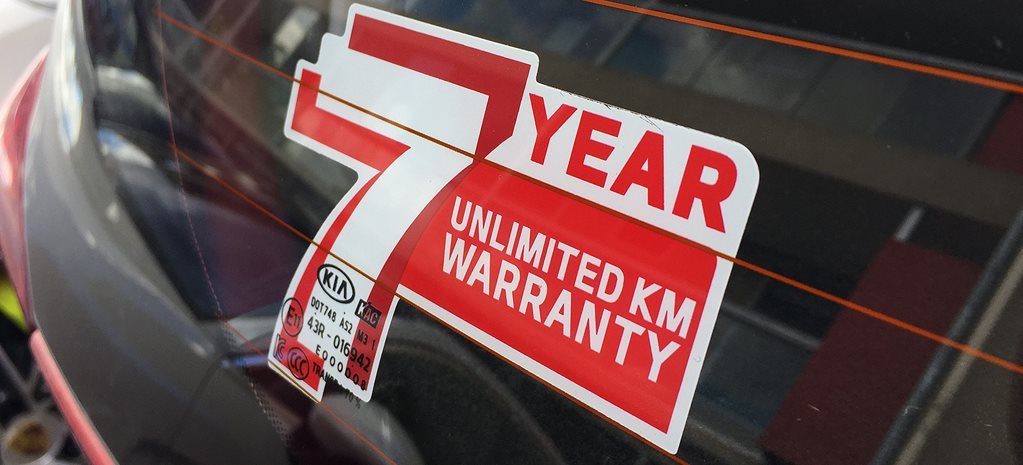
ProCeed GT (2014)
While Kia had long been toiling away at lifting its game in styling, engineering and quality, it took the arrival of the ProCeed GT, in 2014, to prove that it could build cars with genuine mojo that offered a suitably spirit drive to match.
Here was a landmark performer for Kia, with a strong 1.6 turbo mill and six-speed manual gearbox, with limpet-like grip and keen dynamics, wrapped in arguably the Korean marque’s most seductive form to date. And all for under $30k list.
The silly name didn’t boost its fortunes with the ‘pro_cee’d’ – its official Korean spelling – was a statement of intent to Europe and, perhaps, a penance of sorts for undercooked Koup Turbo.
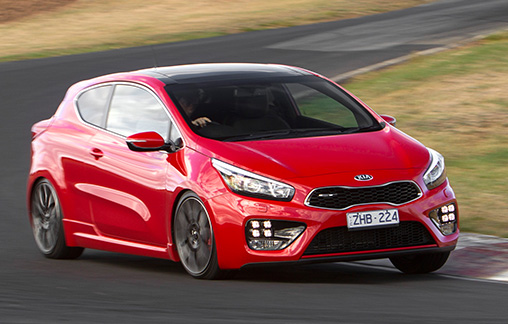
Stinger (2017)
The Stinger was Kia’s statement of intent to push upmarket, staking new claims in luxury and performance for the marque, a bold ’70s-inspired GT amalgamation seemingly concocted to lure gearheads and build excitement in the brand.
The rear-driven sedan range promised premium goodness at value-laden outlays and was, prior to its 2017 launch, its most hotly anticipated release to date.
That the game-changer’s arrival to local hot-mix coincided with the demise of homegrown rear-drivers was certainly timely though, globally, its cult car following hasn’t exactly transcended into large-volume sales success. And a recently stay of execution from the model line-up has been met with a growing popularity with Aussie buyers.
Sorento (2021)
While the Sorento nameplate had been kicking around since 2002, it’s really the latest and current fourth-gen ‘MQ4’, launched in 2020, that’s a showcase of so much Kia has strived for in the past and how far it has come today.
As a fitting flagship to the mainline range, the large seven-seater offers a broad range of spec and powertrain options, with myriad qualities that benchmark its segment. Nothing else in Kia’s line-up, past or present, is such a complete and all-encompassing package.
Sportage (2021)
Is there any other mainstream, volume-selling model released in recent times as boldly styled as the current four-generation Sportage? Outside of perhaps the platform-shared Hyundai Tucson?
Both Korean cousins have gone for the jugular when it comes design flamboyance and a newfound intensity in conspicuous techiness. And it’s making a significant impact on brand perception for both carmakers and their nation of origin.
EV6 (2022)
Few models have created as many column inches in Wheels of late than the EV6, and the merit of its COTY 2022 win is well documented. But as a testament to how far its carmaker has come, its electric figurehead is the landmark of new beginnings for Kia.
Not only does the EV6 prove you can build a world-beater regardless of badge cache and pricepoint, it seriously questions the long-cultivated divide between mainstream and premium brands moving forward into an increasingly electric-powered future.
It’s already well reported that the EV6’s technical DNA will springboard many new models – some more accessible, some much more ambitious – as something of a fresh slate for Kia to build its future ambitions upon.
But there have been some misses along the way…
Credos (1998-2001)
Kia mid-sized sedan arrived in Oz in 1998 with the tagline as “the car the Europeans wish they could build at the price the Japanese wish they could copy.”
At 4731mm long, there was plenty of size and ample interior room though, at 1270kg as a manual, there was little of it bar room itself. The 2.0-litre front-driver outputted 98kW and 171Nm and there was some Mazda 626 DNA in the underpinnings, but the Credos did nothing new other than offering more metal than its rivals for less outlay.
After just a couple of model years the Credos was effectively replaced by the first Optima, in 2001, that was twinned off the Y4 platform co-opted with Hyundai.
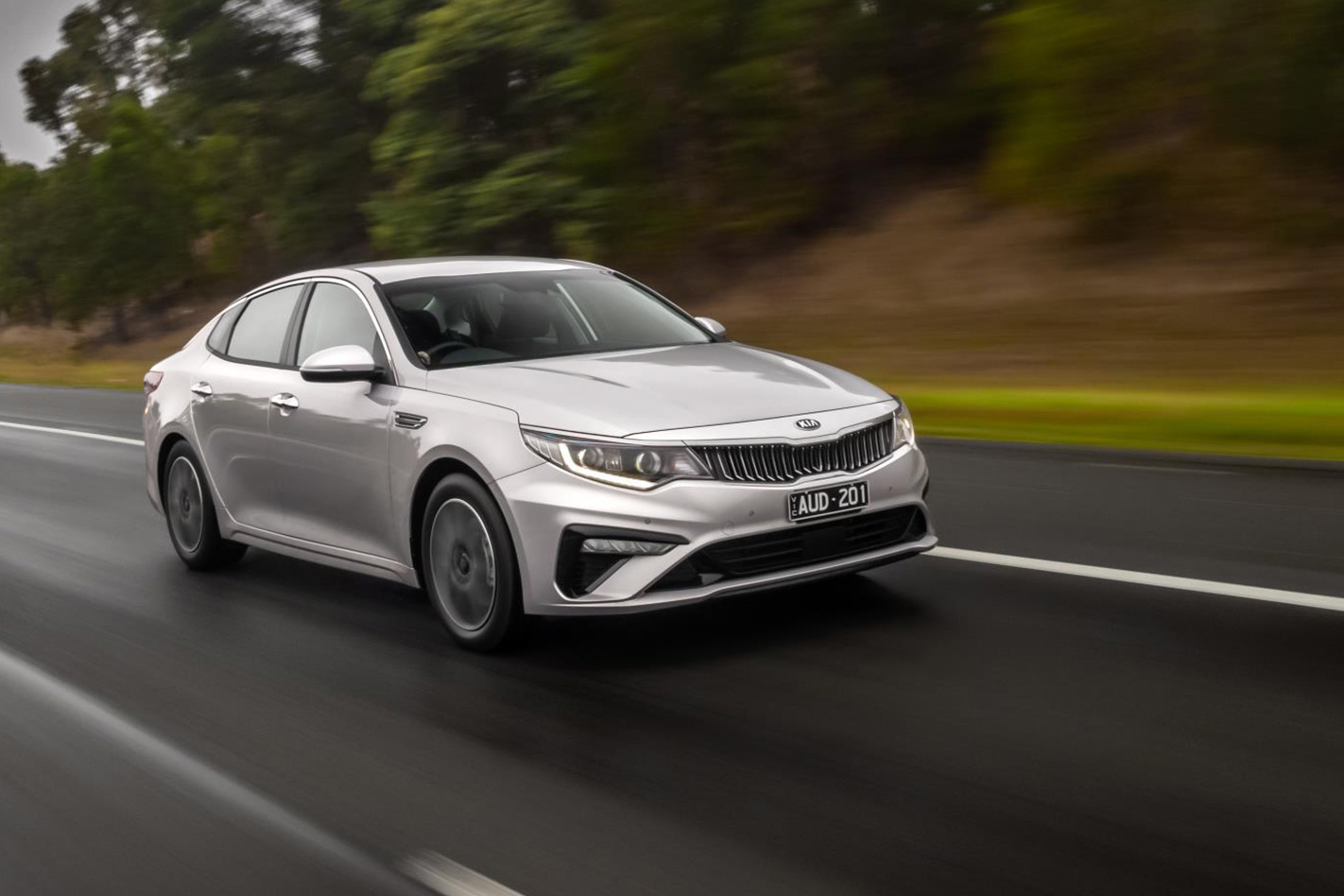
Gen-II Mentor/Shuma/Spectra (1998-2004)
Kia’s Corolla rival embodied all of the early hallmarks that garnered the cheap and cheerless stigma. Perhaps the largest car you could buy under $20k also brought with it sub-par quality and refinement. A modest 65kW 1.5-litre four got you in the door but even its high-spec 82kW 1.8-litre engine was, like much of the rest of the package, left wanting against the competition.
What was known as Sephia in its homeland was initially badged Mentor in Australia before it was changed to Shuma two years later after the sedan version was ditched. To compound confusion, a new Spectra nameplate arrived at its facelift.
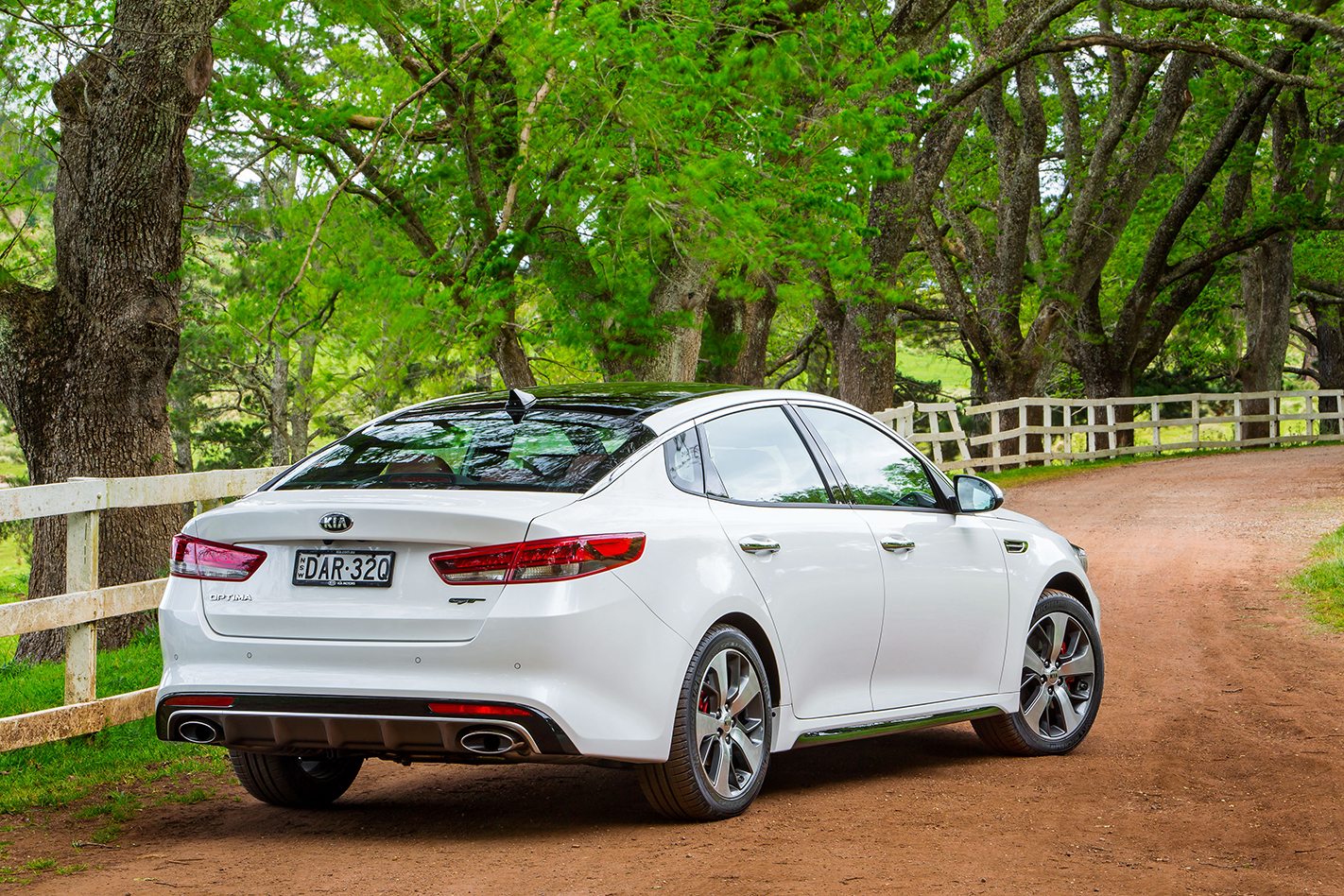
‘DC’ Rio (2000-2005)
The first-generation Rio, sold in hatch and sedan form from 2000 and lobbing from a tenner under $15k in manual form, served purpose as archetypal cheap motoring.
It was universally derided for its shoddy quality and average driving experience centred around its 73.5kW – yes, point-five – 1.5-litre four. A poor two-star ANCAP prospect, the early Rio was replaced by a succession of increasingly finer and fitter generations of city car.
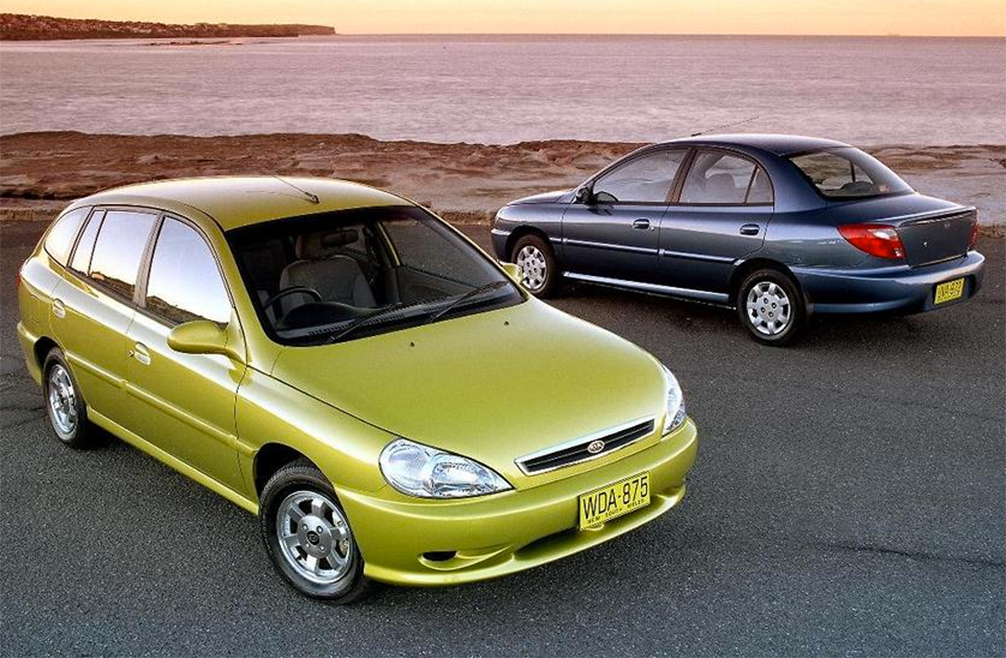
Soul (2009-2019)
Kia went funky with this small car aimed at younger buyers that, stylistically, had plenty in common with the Toyota Rukus and grey-imported Nissan Cube.
Kia Australia persisted with two generations of the Soul that had been the Korean brand’s most popular vehicle in the US, but its uninspiring drive and polarising looks didn’t help its cause in Australia. Continuing slow sales led to its exit in 2019 when Kia Australia, unsurprisingly, opted against introducing the third-generation Soul.
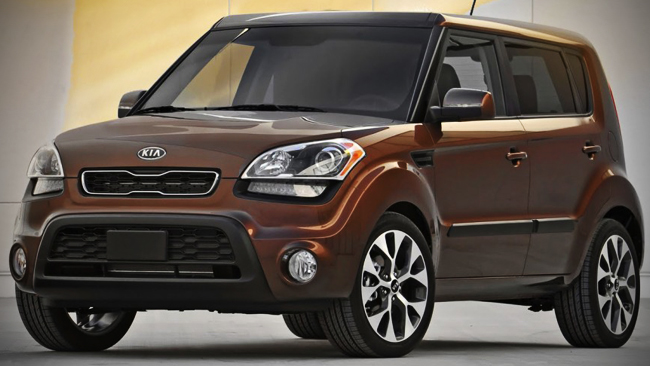
We recommend
-
 News
News2023 Kia Sportage hybrid: Australian launch likely for first half
A hybrid version of the Kia Sportage, revealed early in 2021, is drawing closer to an Australian launch – but what sort of availability we can expect is still unclear
-
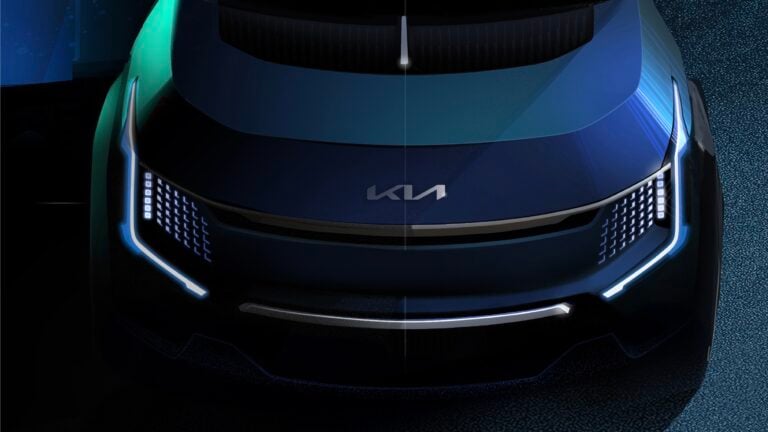 News
News2023 Kia EV9: Electric SUV previewed as concept
It’s the electric equivalent of the Kia Telluride, but expect some changes before it heads into production
-
 News
NewsNew car calendar 2026: All the new cars coming to Australia next year
Here’s the WhichCar by Wheels guide to all the new cars that will launch in Australia in 2026. Check back in regularly for updates...


